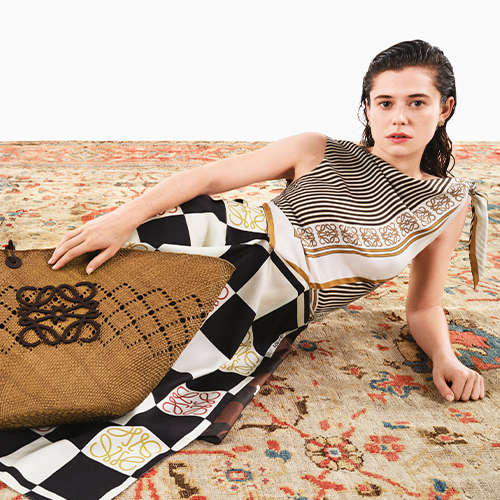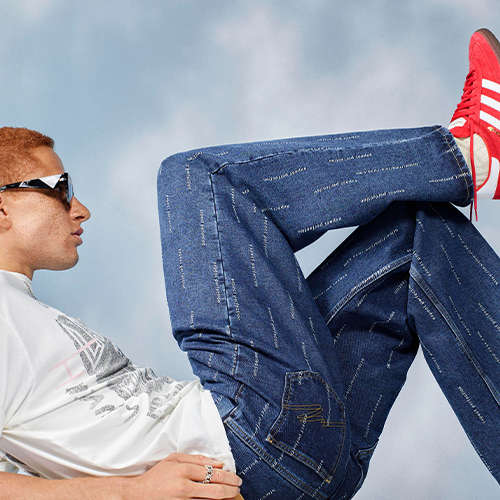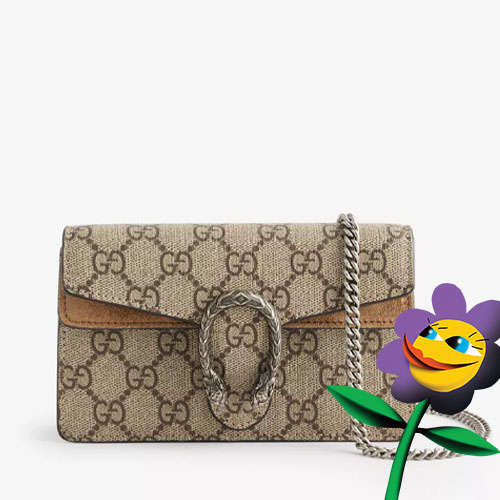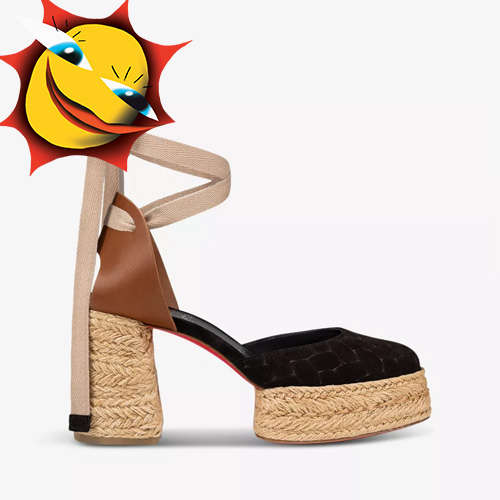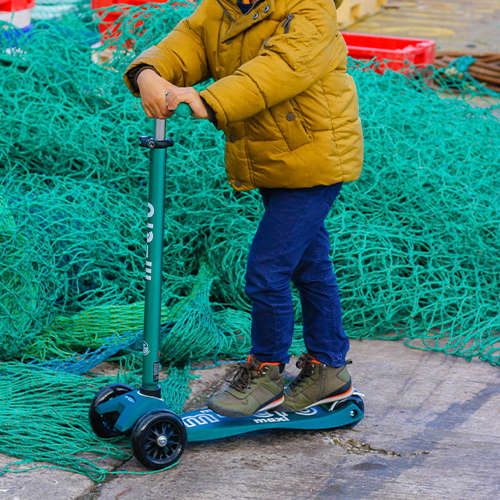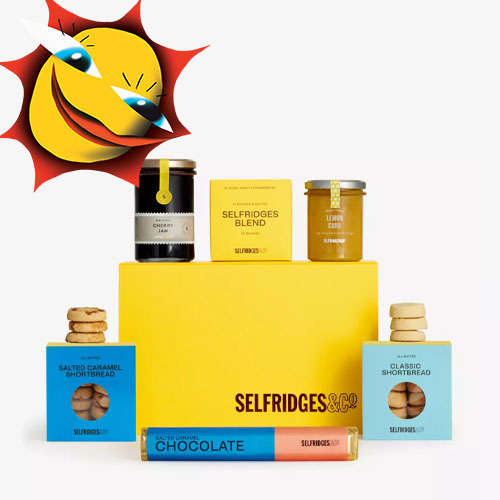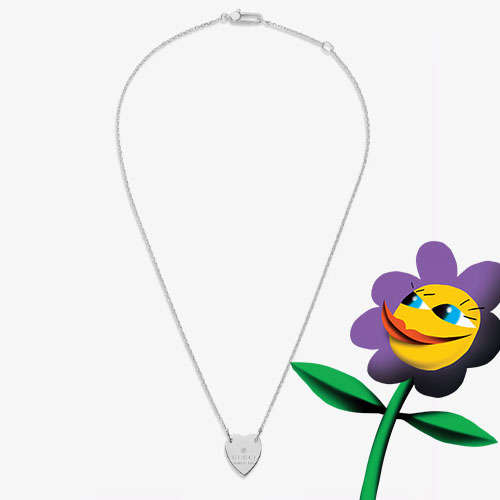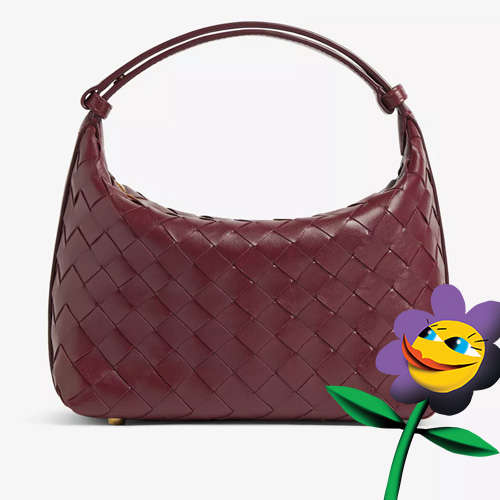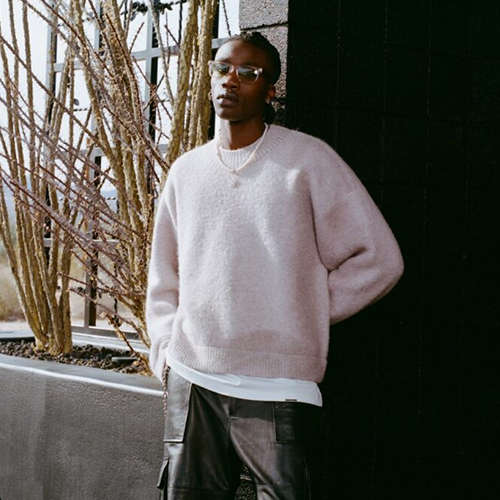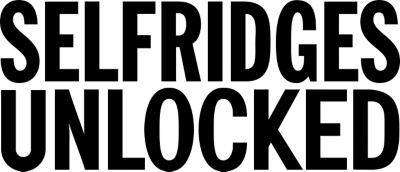- Australia / AUD $
- Canada / CAD $
- China / CNY ¥
- France / EUR €
- Germany / EUR €
- Hong Kong SAR China / HKD $
- Ireland / EUR €
- Italy / EUR €
- Japan / YEN ¥
- Kuwait / USD $
- Macao SAR China / HKD $
- Netherlands / EUR €
- Qatar / USD $
- Saudi Arabia / USD $
- Singapore / SGD $
- South Korea / KRW ₩
- Spain / EUR €
- Taiwan / TWD $
- United Arab Emirates / USD $
- United Kingdom / GBP £
- United States / USD $
- Not yours? Read more
Tell us what you think
Shop in your local currency and language
You are currently in Hong Kong HK / HKD $ store
- English
- English
- English
- English
- English
- English
- English
- English
- English
- English
- English
- English
- English
- English
- English
- English
- English
- English
- English
- English
- English
Did you know that we deliver to 130 countries or regions and offer a range of delivery options to suit you wherever you are in the world? Find out more
Sign up once to our Selfridges+ service and you can enjoy unlimited deliveries wherever you are in the world. FIND OUT MORE
International delivery
With almost everything on selfridges.com available for International Delivery, you can send your order to 130 countries or regions around the world, including North America, Australia, the Middle East and China.
Although we only offer 20 currencies to browse in online, you can still deliver to all of the following countries or regions:
- Algeria
- Andorra
- Antigua and Barbuda
- Aruba
- Australia
- Austria
- Azerbaijan
- Bahrain
- Bangladesh
- Barbados
- Belarus
- Belgium
- Belize
- Bermuda
- Bolivia
- Botswana
- Brunei
- Bulgaria
- Cambodia
- Canada
- Cayman Islands
- Chile
- China
- Colombia
- Costa Rica
- Croatia
- Cyprus
- Czech Republic
- Denmark
- Dominica
- Dominican Republic
- Ecuador
- Egypt
- El Salvador
- Estonia
- Finland
- France
- French Guiana
- Germany
- Gibraltar
- Greece
- Grenada
- Guadeloupe
- Guatemala
- Guernsey
- Guyana
- Honduras
- Hong Kong
- Hungary
- Iceland
- India
- Indonesia
- Ireland
- Israel
- Italy
- Jamaica
- Japan
- Jersey
- Jordan
- Kazakhstan
- Kenya
- Kuwait
- Laos
- Latvia
- Lebanon
- Lesotho
- Liechtenstein
- Lithuania
- Luxembourg
- Macau
- Malaysia
- Maldives
- Malta
- Martinique
- Mayotte
- Mexico
- Monaco
- Montserrat
- Morocco
- Myanmar
- Namibia
- Netherlands
- New Zealand
- Nicaragua
- Nigeria
- Norway
- Oman
- Pakistan
- Panama
- Paraguay
- Peru
- Philippines
- Poland
- Portugal
- Puerto Rico
- Qatar
- Reunion
- Romania
- Rwanda
- Saint Kitts and Nevis
- Saint Lucia
- Saint Martin (French part)
- San Marino
- Saudi Arabia
- Serbia
- Singapore
- Slovakia
- Slovenia
- South Africa
- South Korea
- Spain
- Sri Lanka
- Suriname
- Swaziland
- Sweden
- Switzerland
- Taiwan
- Tanzania
- Thailand
- Trinidad and Tobago
- Turkey
- Uganda
- Ukraine
- United Arab Emirates
- United Kingdom
- United States
- Uruguay
- Venezuela
- Vietnam
TOMMY HILFIGER AND ROMEO HUNTE PRESENT:
ICONS, RECONSTRUCTED
Discover the story behind the new limited-edition collection, created under the iconic American brand’s diversity mentorship programme.
In 1969, a bright young 18-year-old named Tommy Hilfiger opened his first store in Elmira, New York, naming it ‘People’s Place’. “It was a dedicated space for people from all walks of life to come and enjoy art, music, fashion and pop culture,” says the fashion legend who last year launched a platform and mentoring programme under the same name during the Black Lives Matter movement. “Our ‘People’s Place Program’ is all about creating opportunities for creative talent from underrepresented BIPOC [Black, Indigenous, people of colour] communities,” says Hilfiger, who is determined to make fashion a more inclusive and diverse industry.
For this fashion line produced under the People’s Place Program, the brand has teamed up with the Brooklyn-born designer Romeo Hunte to create a collection titled Icons, Reconstructed. Here, Hilfiger’s signature ‘All-American’ preppy style is fused with reconstructed silhouettes and a colour palette inspired by New York City's subway.
Growing up, Hunte was a self-described “preppy kid”, who aspired to be an athlete. He played basketball, ran track athletics, and listened to hip-hop legends such as Biggie Smalls – a fusion of American influences that he’s since woven into the work he creates as a fashion designer.
To celebrate the launch of the Tommy Hilfiger X Romeo Hunte Icons, Reconstructed collection, we caught up with Hunte to find out more about the People’s Place Program, having Tommy Hilfiger as a mentor, and how Hunte has left his mark on the heritage brand’s history. Here the Tommy Hilfiger X Romeo Hunte Icons Reconstructed collection is brought to life through imagery shot in London with a full cast and crew of BIPOC creatives.
Head over to the Selfridges Instagram account @theofficialselfridges to watch our interview with Romeo Hunte and Tommy Hilfiger, himself, who will be answering questions from the Selfridges Diversity Board. To find out more about the Selfridges Diversity Board and to discover their goals inspired by Harry Gordon Selfridges’ ethos that ‘everyone is welcome’, click here.
How were you selected for Tommy Hilfiger’s People’s Place Program?
Tommy and I have been working together for years, so it was an easy decision to collaborate with him through the People’s Place Program. Our collections are about challenging the status quo and redefining the future, all of which is embedded in the Program’s initiatives. By giving underrepresented creatives and designers access to the Tommy Hilfiger platform, it is possible to reimagine the fashion industry and give everyone a seat at the table.
How would you describe the People’s Place Program initiative?
The People’s Place Program aims to bring representation and inclusivity to all stages of the creative process. This means that brands have an incredible platform, opportunity, and responsibility to lead by example to amplify voices and actively embrace everyone in the industry. When creating this campaign, it was crucial that it was fully made by BIPOC creatives. We wanted to give the audience a chance to meet the faces and voices behind the campaign, to inspire fans and the next generation of creative talent.
What’s it like having Tommy Hilfiger as a mentor?
Tommy has been a great mentor and friend over the last five years. He’s incredibly supportive and I’ve learned a lot from him about the fashion industry. He always reminds me to ‘dream big!’ The fashion industry is already tough but my experience as a Black designer is that your work is often overlooked, or your voice isn’t heard. This has made me very invested in sharing my own experiences and using this platform to inspire and guide the designers of the future to follow their own dreams.
I see a lot of my younger self in Romeo. He is one of those truly exceptional newcomers – someone you know is going to make an impact as soon as you see their work.
– Tommy Hilfiger
What inspired the collection?
This collection is rooted in the six core pillars I build every collection from: genderless, sustainability, mixer (mixing media and silhouettes), transformative, stamp (print and details) and heritage. This foundation then served as a meaningful shared starting point for myself and Tommy in designing this capsule collection. It really celebrates the creative intersection between Tommy’s established design legacy and my signature deconstruction techniques – with the values we both share so deeply.
How did you approach designing the pieces in the collection?
Reinvention is part of my design DNA, so it’s been an exciting challenge to be able to take iconic pieces from the Tommy Hilfiger archives, then reconstruct and reimagine them in a way that’s both familiar but totally new. Edgy yet sophisticated, each piece combines Manhattan prep with Brooklyn Street and boasts exceptional materials and elevated craftsmanship. Look at the trench coat, the biker jacket, or the Oxford shirt for example – the collection brings a modern and bold twist to the icons the brand is known for.
What materials did you work with?
Using materials like organic cotton, suede, wool and recycled polyester, this collaboration was about finding the right balance between innovation and the classics. We got creative, deconstructing silhouettes, playing with proportions, and clashing fabrics to create styles that are both statement-making and wearable. Being able to remix Tommy’s heritage pieces is an exciting opportunity to leave my mark on a brand that is creating history.
What do you think it means to be an ‘All-American’ brand today?
To be an ‘All-American’ brand today not only means being bold and brave but also acknowledging the amazing diversity of the audience and consumers. It’s about fighting for what is right through fashion, from gender equality to BIPOC representation, so that everyone can authentically connect with the brand regardless of who they are and where they’re from.
I see a lot of my younger self in Romeo. He is one of those truly exceptional newcomers – someone you know is going to make an impact as soon as you see their work.
– Tommy Hilfiger
When and why did you first fall in love with fashion?
From a young age, I’ve always had a keen eye for fashion. Early on, my mother introduced me to designers like Tommy Hilfiger, Jean Paul Gaultier and John Galliano, whilst moulding me into a preppy, tailored kid. I loved deconstructing her vintage clothes and reimagining them. At the same time, I grew up in Brooklyn playing basketball, running track and loving hip-hop culture like Biggie Smalls – all of which has inspired my love for fashion and streetwear. I watched the TV programme Full Frontal Fashion, sketching and comparing my designs to those I saw each season. Eventually, I was offered two scholarships, turning down the one in track and field to pursue a career in fashion. My parents were nervous and scared about the path I had chosen because there were few Black designers at the time. They felt I was headed for a big challenge, but I was ready and excited for it!
What’s unique about Romeo Hunte the brand?
At Romeo Hunte, we offer a unique blend of freedom through versatility. Our customers are empowered to choose – today they might want to wear a full jacket but tomorrow they don’t want sleeves, and this option is possible. Signature Romeo Hunte pieces are a deconstructed take on luxurious outerwear, emphasising transformable pieces with familiar silhouettes, with lots of options for personalisation.
Fashion is a true form of self-expression and your story deserves to be heard.
– Tommy Hilfiger
How do you think being an athlete at school has informed your design aesthetic and outlook on fashion?
Athletics have played a major role in my career. From a young age, I loved blending dapper looks with trendy elements, such as mixing a blazer and tie with oversized jeans and Nike Jordan sneakers. Even though I was an athlete, many of my teachers were not surprised to see me become a designer. I do feel like the fashion industry is a bit like a running track – I’ve jumped many hurdles toward my personal finish lines.
What support do you wish was available to you when starting out in the fashion industry?
Money! I always dreamed big for my brand but didn’t have the resources to build what I envisioned. I also wish I had a business adviser and access to mentors when I started out. I made a few mistakes that cost me a fortune and could have been avoided. However, I learned so much from them. I am wiser and much more mindful when making decisions now.
What does a diverse fashion industry look like to you?
Inclusion is the most important factor to me. It is crucial that people feel empowered to speak their minds, as well as express their thoughts and ideas free of judgment. The world would be a better place if this was the common practice. It also feels great to work on a diverse team, with people who have different backgrounds and experiences.
I hope to help nurture Romeo’s incredible talent in a way that allows him to give back to the fashion industry.
– Tommy Hilfiger
Paint us a picture of what it’s like to be in your studio with your design team…
I get inspiration from walking the Brooklyn streets as well as from the people I interact with. I have a visionary yet creative style rooted in conceptualisation and imagination – I’m a thinker! I work with the design team to take these ideas and bring them to life. Some of my ideas are so complicated and they often feel impossible to create, but it’s such a great feeling when we finally achieve them. I’m so grateful for my team. When we finish a piece, we are really smiling ear-to-ear, feeling so accomplished for creating something out of the box.
You’ve designed pieces for the likes of Beyoncé and Michelle Obama. Who else would you love to dress and why?
Rihanna is really it. She is the kind of woman who embraces her style and makes everything her own. The vice president, Kamala Harris, is another powerful person who I would love to dress! I love her story, as well as her strength and courage. For decades, women have been looked down on in so many ways and in so many spaces. Therefore, it is so gratifying to see powerful women leading our society and making a change. We should all have a seat at the table regardless of gender, sex, religion, or any other divisive label, to make this world a better place.
What wise words would you like to pass on to emerging fashion designers starting out?
Believe in yourself. The road will get tough at times, and you will get a lot of “NO’s,” but focus on the “YES” and grow from there. Most importantly, THINK BIG! Stay true to yourself and be known for something.
By giving underrepresented creatives and designers access to the Tommy Hilfiger platform, it’s possible to reimagine the fashion industry and give everyone a seat at the table.
– Romeo Hunte

